Mammalogy Orders Test
1/92
There's no tags or description
Looks like no tags are added yet.
Name | Mastery | Learn | Test | Matching | Spaced |
|---|
No study sessions yet.
93 Terms
Order Chiroptera
bats
•only flying mammal (volant)
•mostly small (< 5 g to 1.5 kg)
•wing composed of hand with membrane (digits 2-5 greatly elongate)
•worldwide distribution
Suborder Megachiroptera
•large eyes and well developed vison
•simple ears without tragus •do not use echolocation, cannot fly in total darkness
Suborder Microchiroptera (945 species)
•eyes usually small •ears highly variable, most with tragus •echolocation is primary means of orientation and prey capture
FAMILY PHYLLOSTOMIDAE
Leaf-nose bats Wide array of food habits; insectivorous, carnivorous, nectivorous, frugivorous Forelimbs for flight Teeth modified to fit food habits Echolocation, but variable
FAMILY MORMOOPIDAE (1 species)
Leaf-chinned bats Insectivorous Echolocate colonial
FAMILY DESMODONTIDAE (1 species)
Vampire bat Sanguinivorous Able to walk
FAMILY VESPERTILIONIDAE
Worldwide, the most widespread family in the world Common family in Utah and most of N. America Considerable variation in life histories; some are colonial and some are solitary; some are migratory, others not; some mate in spring, others in fall; some live in nursing colonies, others are solitary Insectivorous Echolocate
-Big Brown Bat -Red Bat
FAMILY MOLOSSIDAE
Free-tailed bats
Insectivorous
Echolocate
Large colonies (105 - 106 ) in caves in southwest US
Guano deposits
Mexican Free Tailed Bat
ORDER PRIMATES
lemurs, monkeys, apes, and humans (519 species)
•usually arboreal, some are terrestrial •plantigrade
•usually nail present, some with claws
•tail long and prehensile in some, absent in others
•braincase relatively large in some
•sight well developed
•sense of smell reduced
•tropical and subtropical in both new and old world, humans are cosmopolitan
FAMILY HOMINIDAE (1 species)
Humans
ORDER CARNIVORA
dogs, bears, pandas, raccoons, weasels, mongooses, hyenas, cats, seals, sea lions, and walrus (309 species)
•4 - 5 digits
•terrestrial, arboreal, amphibious, and aquatic •wide variety of forms
•teeth heterodont or homodont (tusks = upper canines in walrus)
•baculum present
•worldwide distribution
-Carnassial teeth
FAMILY FELIDAE
Cats Rostrum shortened to the extreme of Carnivora
Claws retractile
Not as cursorial as canids, stalk and short run Carnassials well-developed
FAMILY CANIDAE
Wolves, dogs, foxes, jackals
Long rostrum with large nasal chamber
Well-developed sense of smell
Claws are not retractile
Most cursorial of the carnivores
Primarily carnivorous, but opportunist which leads to omnivorous diet
FAMILY URSIDAE (3 species)
Bears
Carnassial pair is less-developed
Plantigrade and ambulatory rather than cursorial
Primarily carnivorous, but omnivorous
Winter inactivity, but not true hibernation
FAMILY PROCYONIDAE
Raccoon, ringtail, coati Much more of an omnivore than a carnivore Shearing of carnassial pair almost lost Much greater climbing ability that other families in Carnivora Long tail for balance
FAMILY MEPHITIDAE
skunks Usually small and short-legged mostly omnivorous Carnassials well-developed, except in otters Anal scent glands well-developed Terrestrial
FAMILY MUSTELIDAE
Marten, ermine, fisher, weasel, mink, wolverine, badgers, otters Usually small and short-legged mostly carnivorous Carnassials well-developed, except in otters Anal scent glands well-developed Terrestrial to nearly aquatic
ORDER DERMOPTERA
flying lemurs or colugos (2 species) •totally arboreal (seldom if ever on the ground) •gliding forms (glissant) •large eyes •5 digits with large curved claws •long limbs and tail •furred patagium •first two lower incisors widened and pectinate •nocturnal •Oriental region (Burma and some islands)
ORDER SCANDENTIA
tree shrews (23 species) •arboreal forms resembling small, long-nosed squirrels •large eyes •5 digits with strongly recurved claws •long tail, usually furred •complete auditory bullae and zygomatic arch •mostly diurnal •Oriental region (India to Philippines)
ORDER MACROSCELIDEA
elephant shrews (20 species) •terrestrial forms •large eyes and ears •very long snout that is somewhat moveable •relatively long limbs (specialized for rapid movement relative to insectivora) •complete auditory bullae and zygomatic arch •diurnal •Ethiopian region
FAMILY SORICIDAE
Shrews Upper middle incisors elongated for capture of invertebrate prey Snout long and thin also prey capture Ears have small external pinnae Very small eyes Generally live in litter, under logs, or others burrows, not fossorial
FAMILY TALPIDAE
Moles Front feet broadened for digging Head and forelimbs modified for burrowing Ears usually lack external pinnae Small eyes Fur is thick soft and velvety
ORDER EULIPOTYPHLA
Moles, shrews, and solenodons (557 species) •small weak eyes and reduced pinnae in most •teeth heterodont, often with large incisors •no auditory bullae •testes never scrotal •baculum in some •2 genera have venomous saliva •echolocation present in some species •Worldwide except Australia and southern Neotropical regions
ORDER AFROSORICIDA
Tenrecs and golden moles (55 species) •small weak eyes and reduced pinnae in most •teeth heterodont, often with large incisors •no auditory bullae •testes never scrotal •baculum in some •2 genera have venomous saliva •echolocation present in some species •Ethiopian region
ORDER DIPROTODONTIA
kangaroos, wallabies, wombats, koala, and others (158 species) •wide array of shapes, sizes, and food habits due to the number of forms •Australian region
ORDER NOTORYCTEMORPHIA
marsupial mole (2 species) •fossorial •eyes are covered by skin and nonfunctional (vestigial) •reduced pinnae •enlarged claws •marsupium partly divided into 2 areas •Australian region (Australia only)
ORDER PERAMELEMORPHIA
bandicoots and bilbies (30 species) •snout elongate and pointed •46-48 teeth •hind limbs longer than fore limbs •tail often long but not prehensile •marsupium present (opens rearward) •Australian region
ORDER DASYUROMORPHIA
Marsupial mice and cats, Tasmanian wolf, Tasmanian devil, and numbat (88 species) •42-46 teeth •plantigrade in most; digitigrade in cursorial forms •tail long and furred, not prehensile •marsupium often absent •Australian region
ORDER MICROBIOTHERIA
3 species Dromiciops gliroides (Monito del monte) •tail accumulates fat for hibernation (moderately prehensile) •50 teeth (primitive number for marsupials) •marsupium present •Neotropical region (isolated in forested areas of Andes Mountains)
ORDER PAUCITUBERCULATA
hrew or rat opossums (7 species) •resemble shrews with elongate heads and reduced eyes •feet unspecialized •tail long but not prehensile •no marsupium
FAMILY DIDELPHIDAE
Opossums Small incisors, long rostrum, narrow braincase, prominent sagittal crest First digit of hid foot is opposable Long, naked, scaly, prehensile tail Marsupium
ORDER DIDELPHIMORPHIA
opossums (127 species) •most generalized marsupials •50 teeth (primitive number for marsupials) •opposable and clawless hallux •marsupium is present to absent •tail often long and prehensile •Neotropical and Nearctic regions
Subclass Prototheria ORDER MONOTREMATA
echidnas and duck-billed platypus (5 species) •oviparous (lay shell covered egg) •cloaca (common tract to digestion, excretion, and reproduction) •no teeth in adults •no external pinnae •epipubic bone present •venomous spine on hind foot in males •mammary glands with out nipples •Australian region
ORDER DIPROTODONTIA
kangaroos, wallabies, wombats, koala, and others (158 species) •wide array of shapes, sizes, and food habits due to the number of forms •Australian region
ORDER NOTORYCTEMORPHIA
marsupial mole (2 species) •fossorial •eyes are covered by skin and nonfunctional (vestigal) •reduced pinnae •enlarged claws •marsupium partly divided into 2 areas •Australian region (Australia only)
ORDER PERAMELEMORPHIA
bandicoots and bilbies (30 species) •snout elongate and pointed •46-48 teeth •hind limbs longer than fore limbs •tail often long but not prehensile •marsupium present (opens rearward) •Australian region
ORDER DASYUROMORPHIA
Marsupial mice and cats, Tasmanian wolf, Tasmanian devil, and numbat (88 species) •42-46 teeth •plantigrade in most; digitigrade in cursorial forms •tail long and furred, not prehensile •marsupium often absent •Australian region
ORDER MICROBIOTHERIA
3 species Dromiciops gliroides (Monito del monte) •tail accumulates fat for hibernation (moderately prehensile) •50 teeth (primitive number for marsupials) •marsupium present •Neotropical region (isolated in forested areas of Andes Mountains)
ORDER PAUCITUBERCULATA
shrew or rat opossums (7 species) •resemble shrews with elongate heads and reduced eyes •feet unspecialized •tail long but not prehensile •no marsupium
ORDER DIDELPHIMORPHIA
opossums (127 species) •most generalized marsupials •50 teeth (primitive number for marsupials) •opposable and clawless hallux •marsupium is present to absent •tail often long and prehensile •Neotropical and Nearctic regions
FAMILY DIDELPHIDAE
Opossums Small incisors, long rostrum, narrow braincase, prominent sagittal crest First digit of hid foot is opposable Long, naked, scaly, prehensile tail Marsupium
Subclass Prototheria ORDER MONOTREMATA
echidnas and duck-billed platypus (5 species) •oviparous (lay shell covered egg) •cloaca (common tract to digestion, excretion, and reproduction) •no teeth in adults •no external pinnae •epipubic bone present •venomous spine on hind foot in males •mammary glands with out nipples •Australian region
Characteristics of mammals:
- Hair
- 4-chambered heart
- enucleate erythrocytes
- mammary glands
- muscular diaphragm
- Unique skull single dentary bone three oscicles of the middle ear two occipital condyles
Egg Parts
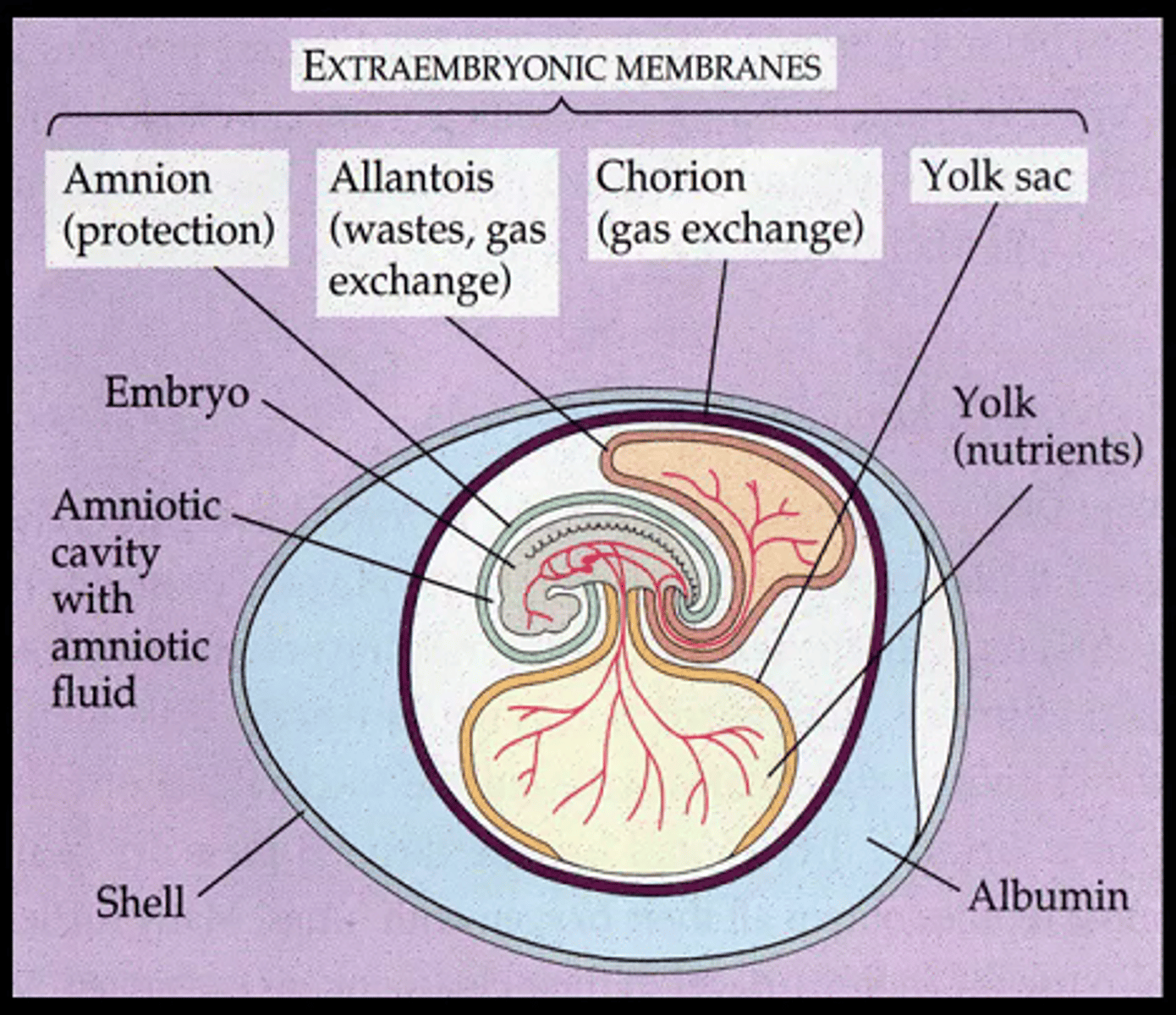
Chordate
notochord, dorsal hollow nerve chord, post-anal tail, pharyngeal slits
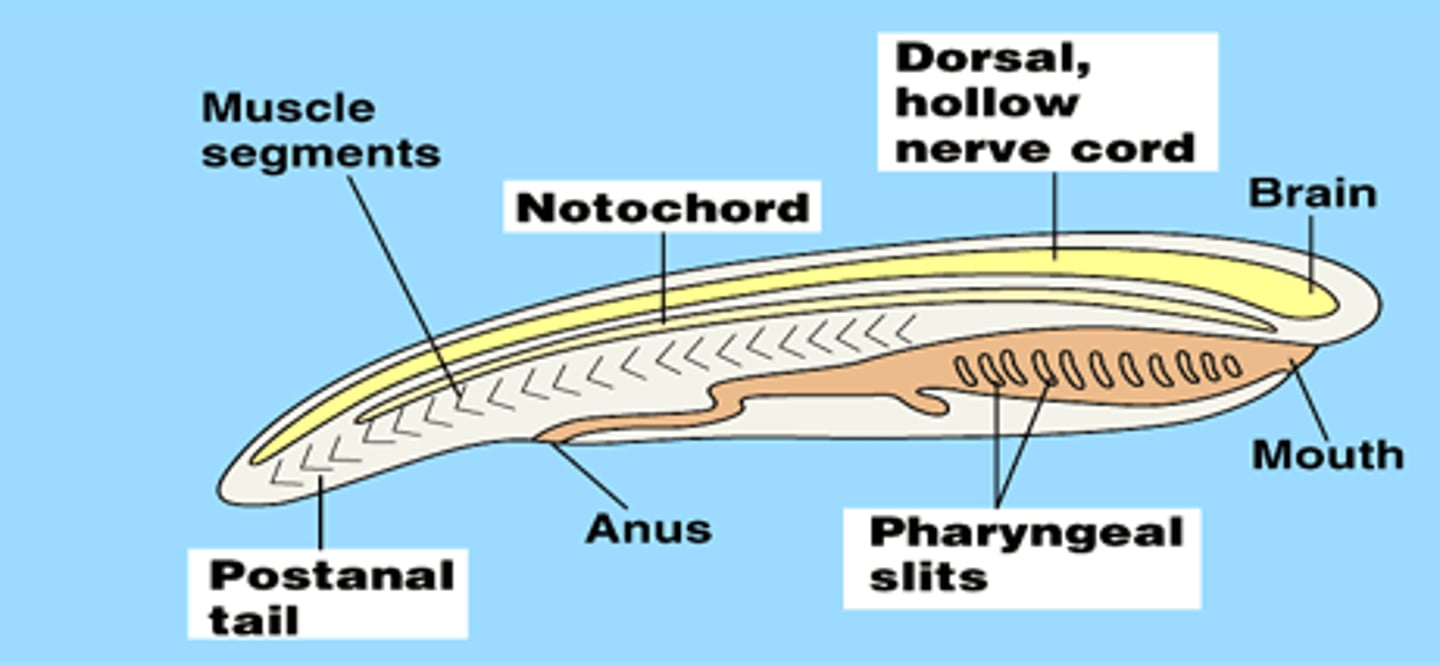
FAMILY OTARIIDAE
Eared seals and sea lions
Small external ear
Better adapted for land than other pinnepeds, hind
flippers can be brought under body and used for
terrestrial locomotion
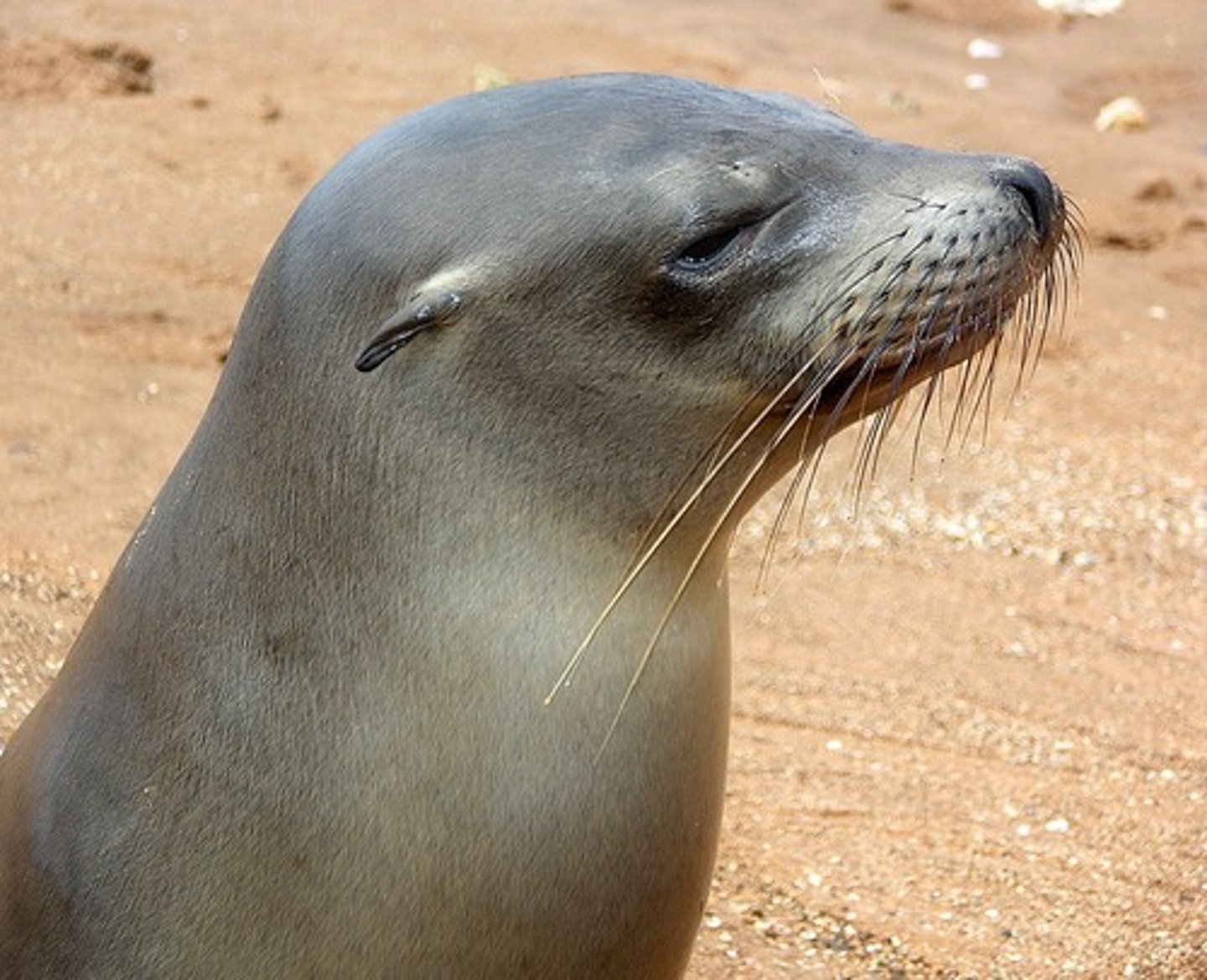
FAMILY PHOCIDAE
Earless seals
No external ear
Hind flippers useless on land
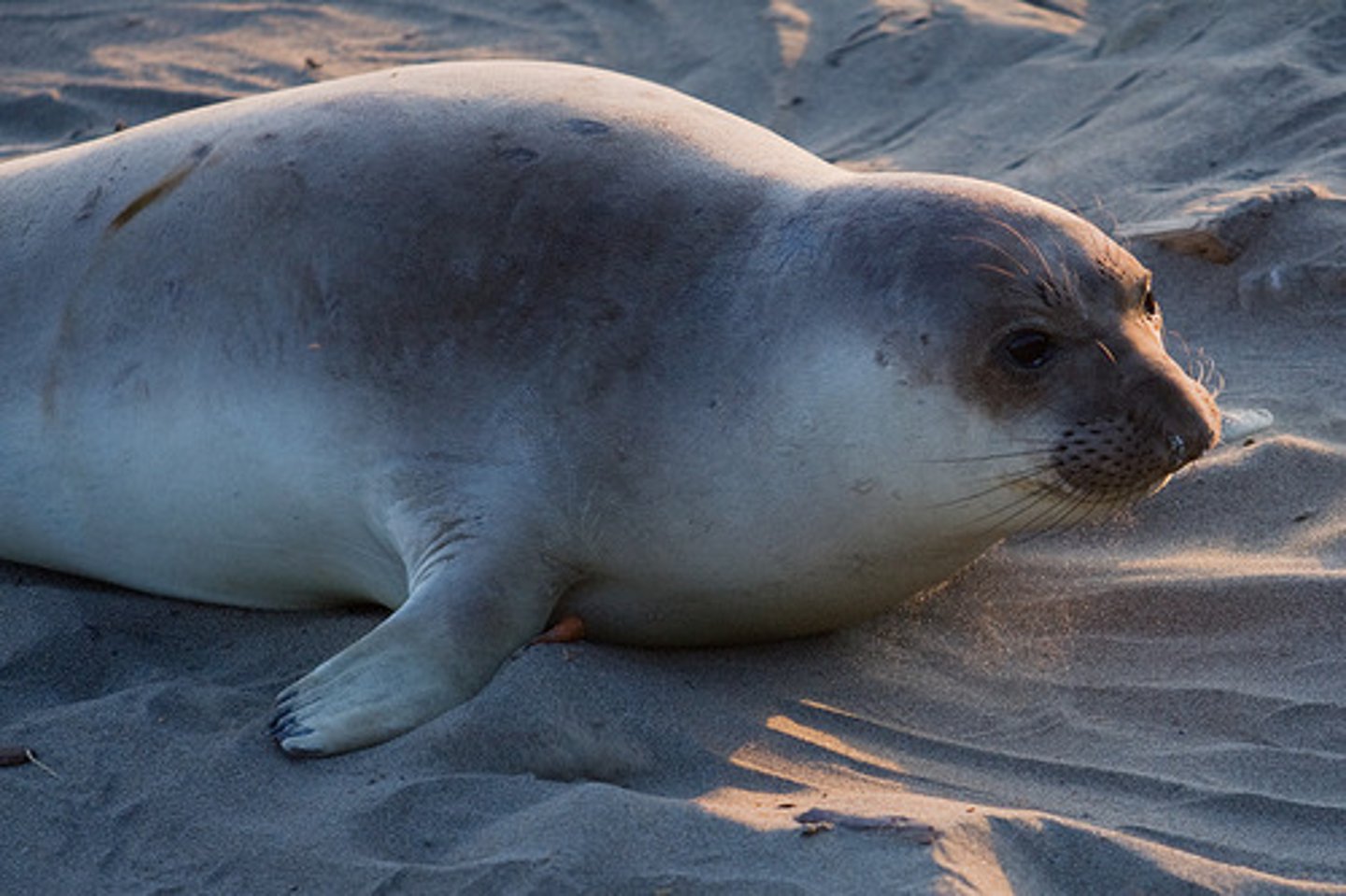
FAMILY ODOBENIDAE (1 species)
Walrus
Large tusks useful in gathering mollusks from sea floor
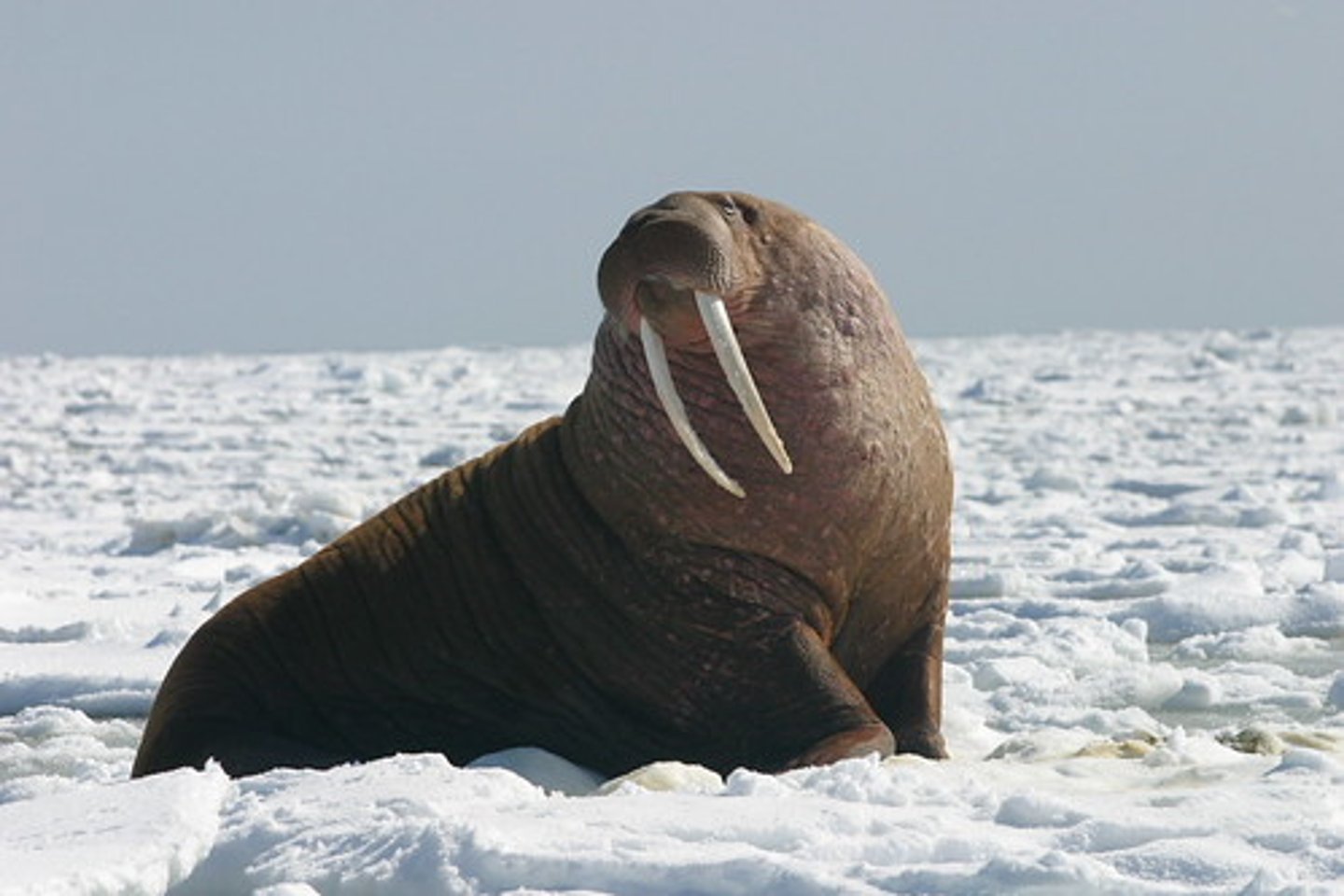
Order Hyracoidea
hyraxes or dassies (6 species)
•2 long, continuously growing upper incisors
•4 chisel-like lower incisors
•4 digits on forelimbs (1 nonfunctional), 3 digits on hindlimbs
•hooves with soft elastic pads on each functional digit
•Ethiopian region
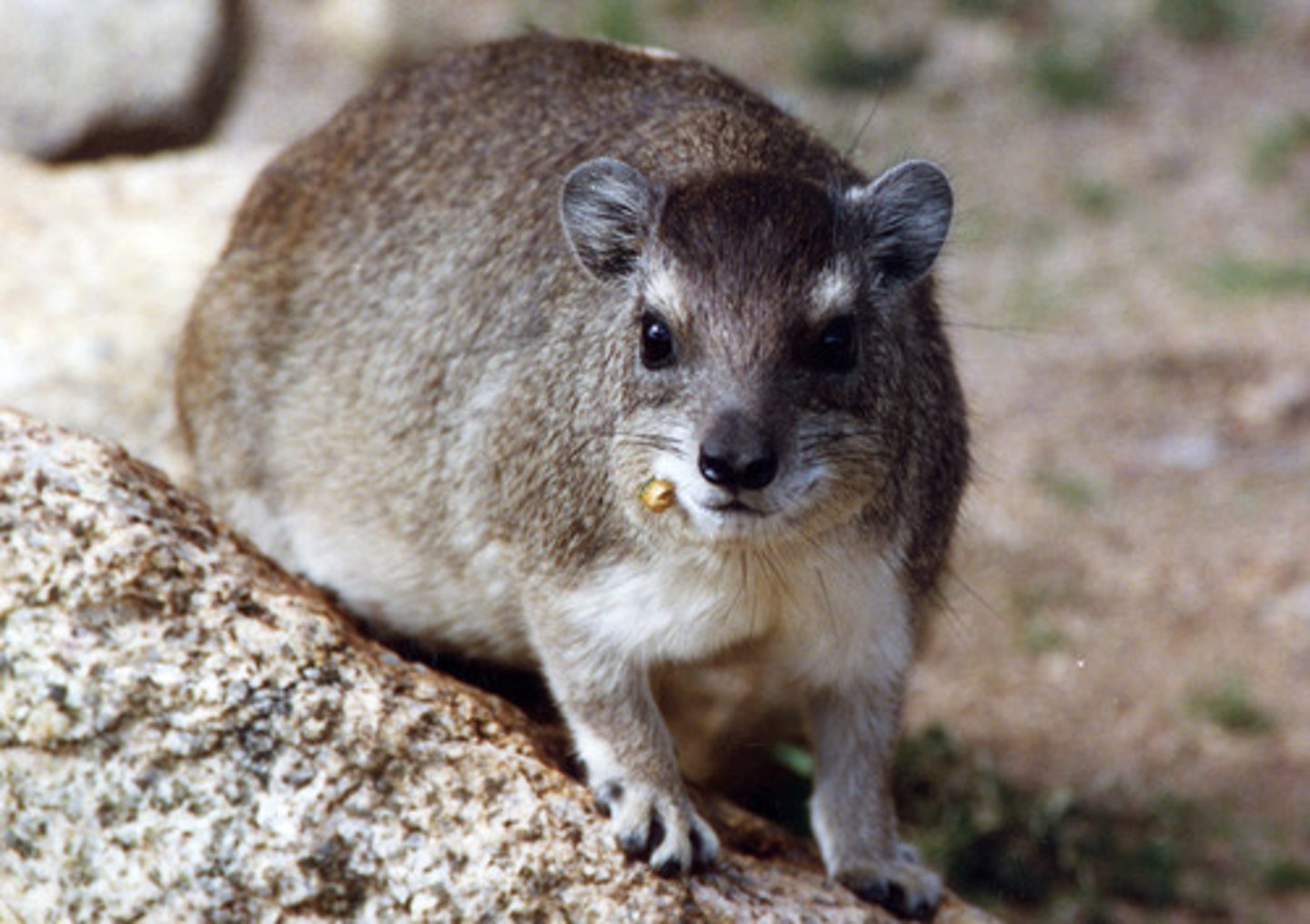
ORDER PROBOSCIDEA
elephants
•Comprised of 3 species
•largest terrestrial mammals
•pillar like limbs (graviportal)
•upper incisors are ever-growing tusks
•no canines or lower incisors
•air cells in skull to reduce weight and for muscle attachment
•Oriental and Ethiopian regions
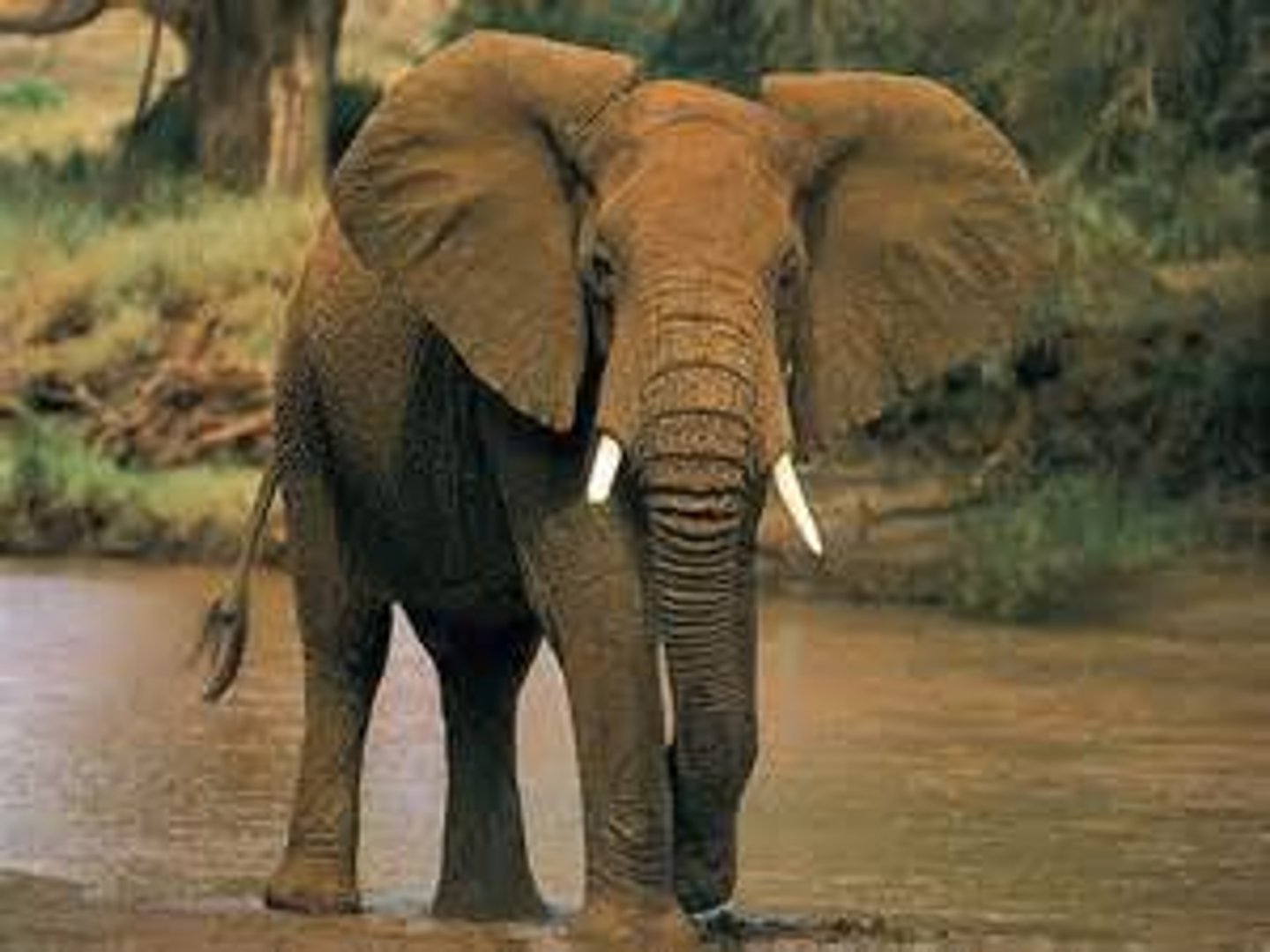
ORDER SIRENIA
dugong, manatees, sea cow
•comprised of 5 species
•aquatic from coastal marine to riverine
•only aquatic herbivore
•external nares high on skull
•forelimbs paddlelike, hindlimbs vestigial in muscle
•tail is an externally flattened fluke
•tropical coastal regions
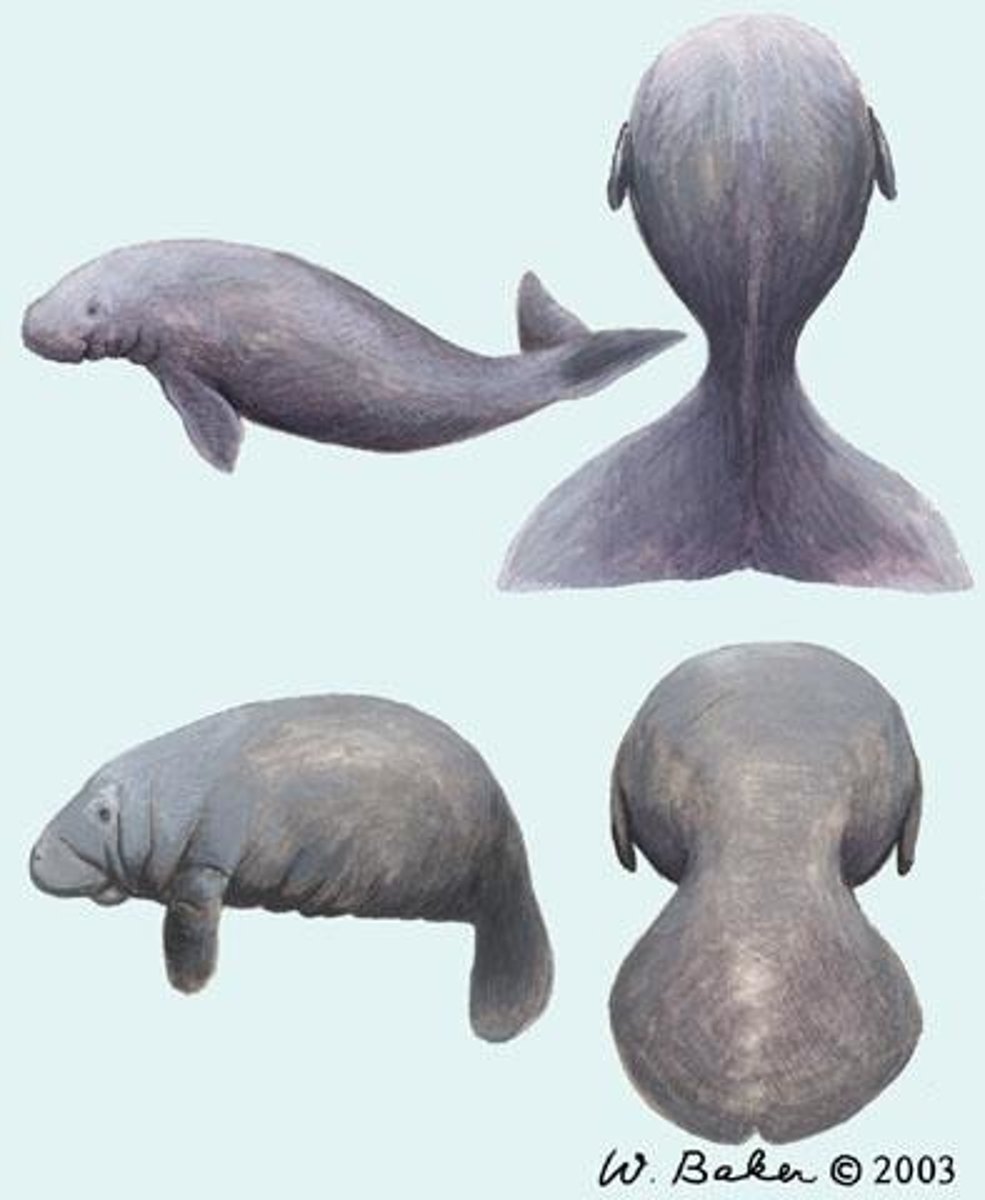
FAMILY TRICHECHIDAE (1 species)
Manatees
Only completely aquatic forms that are herbivorous
Live in coastal waters; Florida

ORDER PERISSODACTYLA
horses, asses, zebras, tapirs, and rhinos (8 species)
•terrestrial, adapted to unguligrade cursorial locomotion
•odd-toed ungulates
•weight is borne on middle digit which is the largest
•cannot bend hindlimbs enough to get up hindfeet first while laying on ground
•skull elongate
•premolars and molars similar in size and shape
•diastema between front and cheek teeth
•no horn or antlers; rhino horn
•simple stomach
•Ethiopian, Oriental, Palearctic, Nearactic, and Neotropical regions
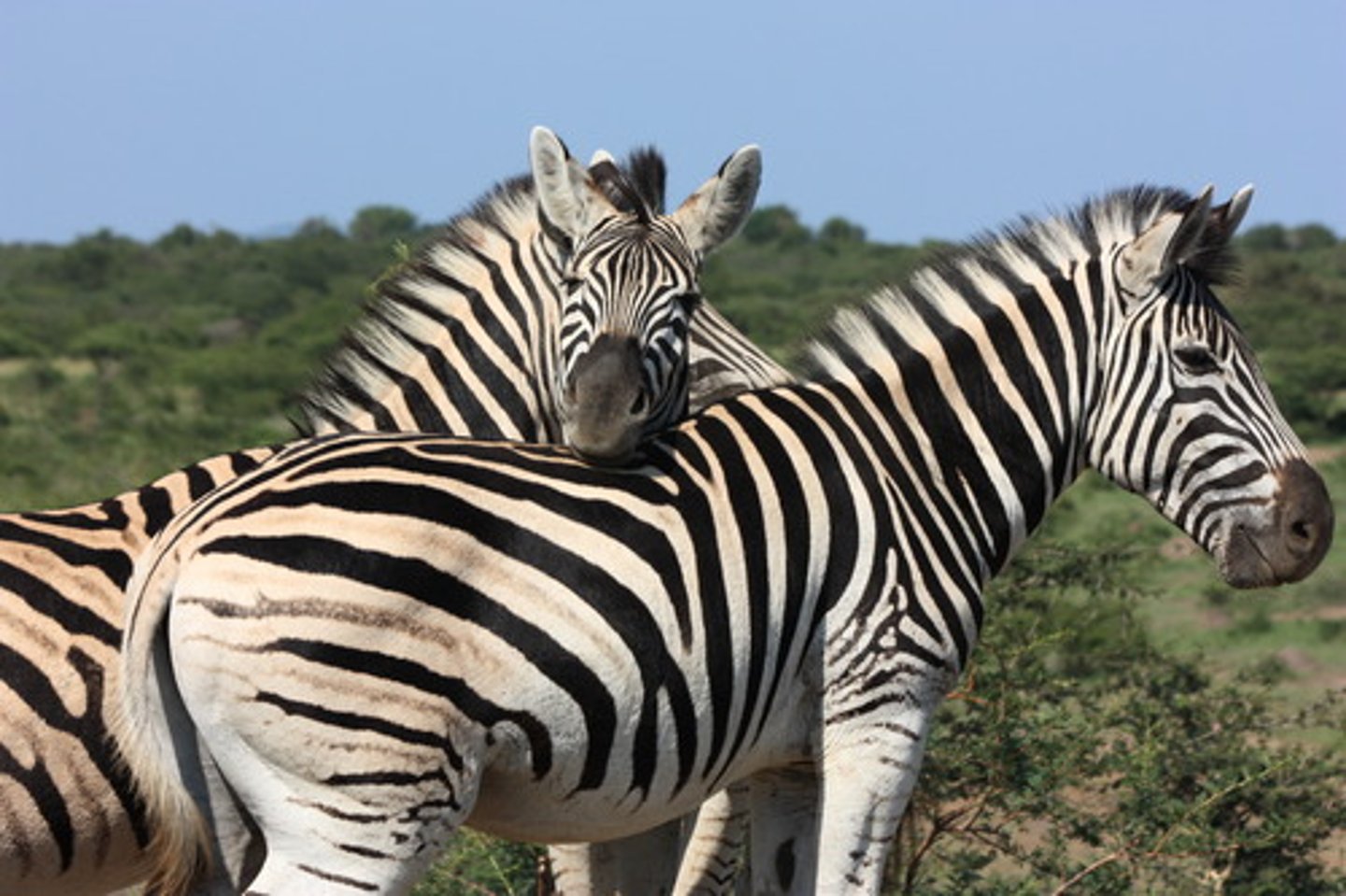
FAMILY EQUIDAE (2 introduced species)
Feral horses and burros in SW US
Cursorial
Herbivore (grass)
Teeth adapted to wear from grass as a food—high
silica content
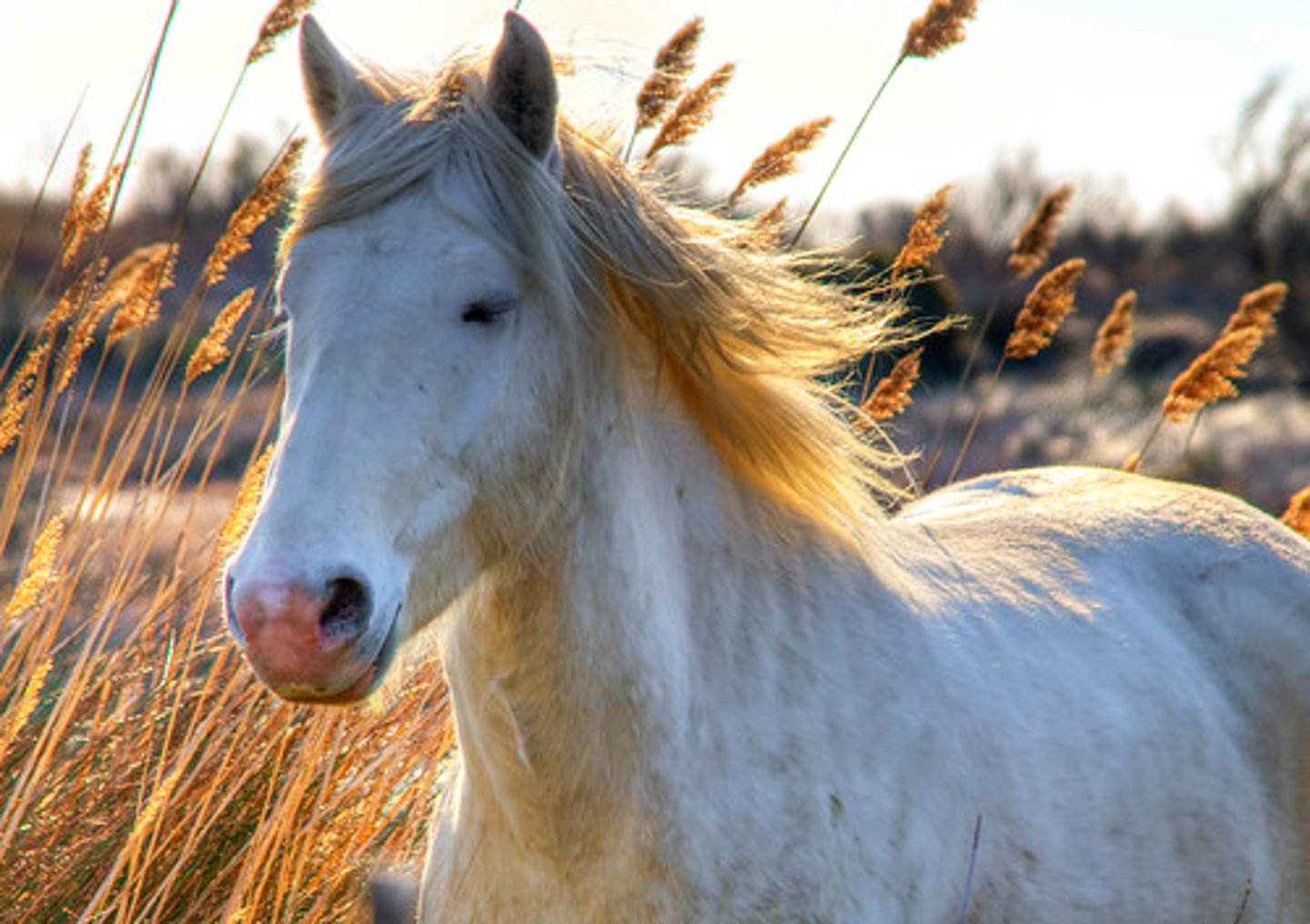
ORDER ARTIODACTYLA
pigs, hippos, camels, deer, giraffe, cattle, bison, pronghorn,
dolphins, and whales (362 species)
•terrestrial; adapted to unguligrade cursorial locomotion
•even-toed ungulates
•weight is borne on the third and fourth digits
•can stand hindfeet first when laying on ground
•molars and premolars not as massive as in PERISSODACTYLA•simple to complex stomach
•Ethiopian, Oriental, Palearctic, Neararctic, and Neotropical
FAMILY SUIDAE (1 introduced species)
Feral hogs or wild boar
Omnivores
No horns or antlers
Tusks from upper canines
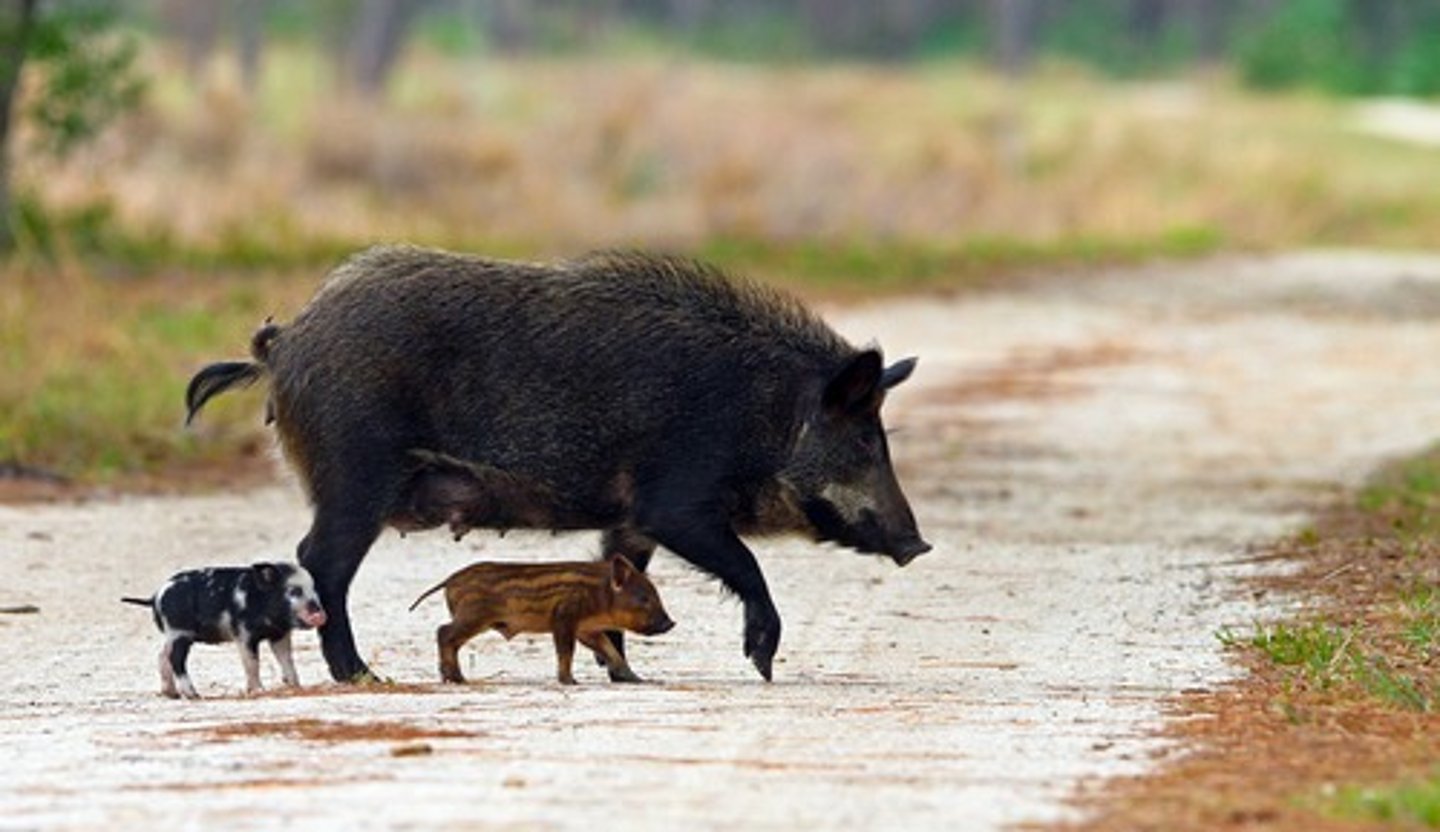
FAMILY TAYASSUIDAE (1 species)
Javelinas or peccaries
Smaller than suids
Omnivores but more herbivorous than suids
No horns or antlers
Tusks
FAMILY CERVIDAE
Wapati, deer, moose, caribou
Antlers that shed annually
Herbivores, browsers more than grazers
May form large migratory herds during certain times of year
Economically important
FAMILY BOVIDAE
Bison, mountain goat, muskox, mountain sheep
Permanent horns
Herbivorous, mostly grazers
Cursorial in part due to their evolution in grasslands
Teeth adapted to grazing habits
FAMILY ANTILOCAPRIDAE (1 species)
Evolved in and endemic to North America
Pronghorn
Horns branch and keratin sheath is shed annually
The fastest of the cursorial mammals in North America
SUBORDER WHIPPIMORPHA
hippos, whales, dolphins, porpoises, and narwal
•aquatic with fusiform bodies
•hindlimbs absent, but vestigal pelvic girdle present
•forelimbs paddle-shaped but limb elements not externally visible•worldwide marine, some species riverine
PARVORDER MYSTICETI (baleen whales)
•2 external narial openings on top of head (blowholes)
•baleen (cornified epethelium) in place of teeth
•planktivorous (do not echolocate)
PARVORDER ODONTOCETI (toothed whales)
•single narial opening on top of head
•teeth present, echolocate
FAMILY BALAENOPTERIDAE
Blue whale, humpback whale, minke whale
The largest whales (up to 140,000 kg and 27 m)
Baleen
Blue whale can eat 3,600 kg of krill per day
FAMILY DELPHINIDAE
Dolphins and orca
teeth
generally larger than porpoises
usually have elongate rostrum or beak
wave-shaped dorsal fin
carnivorous
FAMILY PHOCOENIDAE
Porpoises
smaller than dolphins (usually < 2m)
lack rostrum or beak
triangular-shaped dorsal fin
carnivorous
ORDER CINGULATA
Armadillos (22 species)
•no incisors or canines
•cheek teeth rudimentary or absent
•no enamel on teeth
•extra articulation on lumbar vertebrae to strengthen lumbar region
•Neotropical and Nearctic regions
FAMILY DASYPODIDAE (1 species)
Armadillos
Few to many teeth
Homodont
Horny epidermis over bony plates
Identical quadruplets
ORDER PILOSA
Sloths and American anteaters (16 species)
•no incisors or canines
•cheek teeth rudimentary or absent
•no enamel on teeth
•extra articulation on lumbar vertebrae to strengthen lumbar region
•Neotropical region
ORDER PHOLIDOTA
pangolins or scaly anteaters (8 species)
•terrestrial and fossorial
•horny scales on neck, back, and tail (rolls into a "ball" for defense)
•strong limbs and large claws
•long, thin snout with protractile tongue
•no teeth in adults
•muscular stomach, swallows pebbles to grind food
•Oriental and Ethiopian regions
ORDER TUBULIDENTATA
aardvark (1 species)
•terrestrial and fossorial
•strong limbs and large claws (digs into ant and termite mounds)
•long, thin snout with protractile tongue
•no incisors or canines
•20 cheek teeth but all remain in gums
•teeth columnar with dentine surrounding pulp
•large burrow systems
•only eutherian order with a single species
•Ethiopian region
ORDER RODENTIA
rats, mice, squirrels, beaver, porcupine, and others
•most common order of mammals - 31 Families
•terrestrial, amphibious, fossorial, arboreal, saltatorial, gliding•skull shaped for gnawing
• complex skull musculature for gnawing
•2 upper and 2 lower chisel-like incisors (grow continuously)
•enamel only on front of incisors
•long diastema between incisors and cheek teeth (no canines)
•limb structure and tail length highly variable
•worldwide
FAMILY APLODONTIDAE (1 species)
Mountain beaver
Most primitive living rodent
Size of a small rabbit
Terrestrial colonies in moist stream edges
Herbivorous, hay piles
FAMILY ERETHIZONTIDAE (1 species)
Porcupine
Quills
Herbivore, apical meristem and cambium layer of
conifers but do graze other plants
FAMILY CRICETIDAE
Mice, rats, voles, lemmings, muskrats
Mouse-like forms with long tail and generalized limbsTeeth fit food habits
Exhibit herbivory, granivory, insectivory
Terrestrial, amphibious, scansorial, arboreal, fossorial
Population cycles of 3-4 years in lemmings and
northern voles
FAMILY MYOCASTORIDAE (1 introduced species)
Nutria
Amphibious form introduce into the southeast area of
the US
Herbivorous on terrestrial vegetation
Pest
Crop, irrigation, and waterfowl habitat damage
Resembles a beaver in habits but smaller with long,
round tail
FAMILY GEOMYIDAE
Pocket gophers
External, fur-lined cheek pouches
Fossorial with incisors that extend forward and lips
that close behind teeth
Powerful claws and strong forelimbs
Herbivorous above and below ground
FAMILY HETEROMYIDAE
Kangaroo rats and pocket mice
Adapted to arid and semi-arid habitats, mostly SW USSome can survive without water
Granivorous
Bipedal to quadrapedal
Bipedal forms are saltatorial (some ricochetal) with
large hndfeet and long tail
External, fur-lined cheek pouches
FAMILY DIPODIDAE
Jumping mice
Coniferous to deciduous forests, wet meadows
Very long tail and long feet
Herbivorous, granivorous, and insectivorous
FAMILY SCIURIDAE
Chipmunks, marmots, ground squirrels, prairie dogs,
tree squirrels, flying squirrels
Generalized body with long tail in most, but short in
some fossorial types
Diurnal
Some forms hibernate
Gliding in Glaucomys
FAMILY CASTORIDAE (1 species)
Beaver, largest North American rodent
Amphibious
Herbivore
Specializations for gnawing and carrying branches
under water
Broad, flat tails
ORDER LAGOMORPHA
pikas, rabbits, and hares (108 species)
•terrestrial with cursorial or saltitorial (jumping) mode of locomotion•skull resembles that of rodents
•4 upper and 2 lower incisors
•second upper incisor on each side is peglike and directly behind first incisor
•incisors grow continuously
•long diastema between incisors and cheek teeth (no canines)
•hindlimbs longer than forelimbs
•tibia and fibula (lower hindlimb) fused for strength
•very short tail
•worldwide except islands and Australian region*
FAMILY OCHOTONIDAE (2 species)
Pikas
Tallus slopes in mountains of North America
Short, rounded ears and no tail, small relative to
Leporidae
Build hay piles for winter
FAMILY LEPORIDAE
Hares and rabbits
Cursorial
Hindlimbs longer than forelimbs, relatively long ears Herbivorous